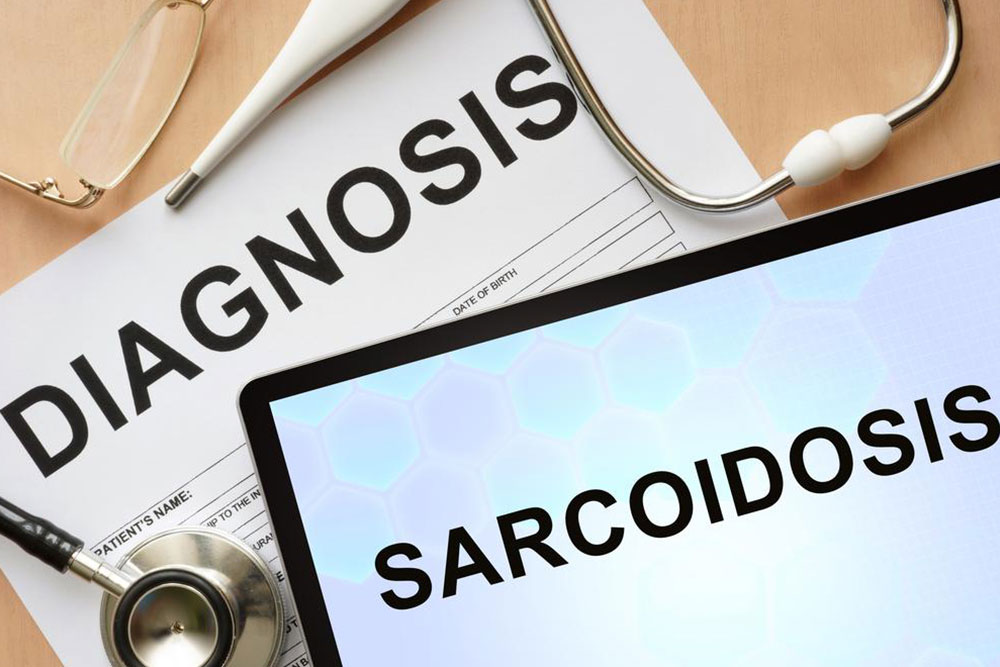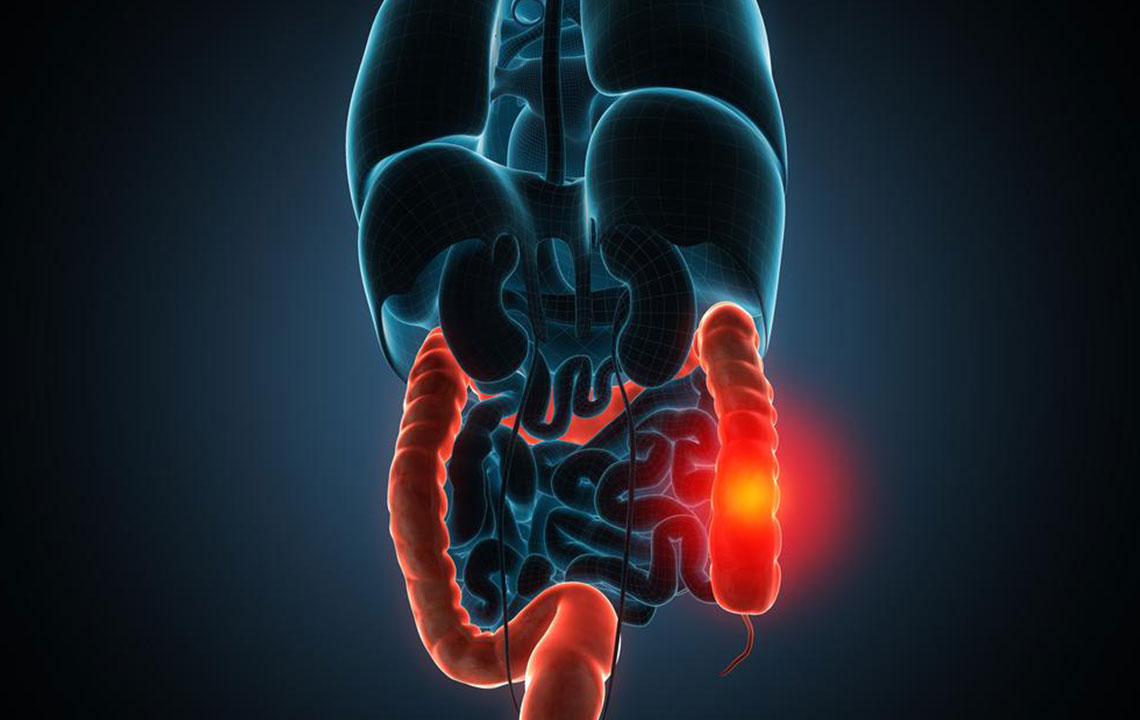Comprehensive Guide to Recognizing Symptoms and Indicators of Sarcoidosis
This comprehensive article explores the key signs and symptoms of sarcoidosis, including respiratory, skin, eye, and heart manifestations. Discover how early detection and diagnosis can improve management and prevent long-term organ damage. Learn about the disease’s causes, symptoms, diagnostic methods, and treatment options to stay informed and proactive regarding this complex inflammatory condition.

Understanding the Signs and Symptoms of Sarcoidosis: A Complete Overview
Sarcoidosis is a complex inflammatory disease characterized by the formation of granulomas — clusters of immune cells — that develop in various organs throughout the body. This condition arises when the immune system reacts inappropriately to various foreign particles such as dust, bacteria, viruses, or certain chemicals, leading to chronic inflammation. Although the exact cause remains unknown, research suggests a combination of genetic and environmental factors may be involved. Recognizing the early indicators of sarcoidosis is crucial for timely diagnosis and management, potentially preventing irreversible organ damage.
This disease can affect multiple organs including the lymphatic system, eyes, skin, liver, spleen, brain, lungs, and heart. The manifestation of symptoms varies widely depending on the organs involved and the severity of the disease. Some individuals may experience subtle symptoms that develop gradually, while others may suddenly notice prominent signs. In many cases, sarcoidosis remains asymptomatic for extended periods, often discovered incidentally during medical imaging for unrelated issues.
Though there is no definitive cure for sarcoidosis, many cases resolve spontaneously without the need for medical intervention. However, a subset of patients develop chronic conditions that may lead to long-term organ impairment if left untreated. The typical age range affected by sarcoidosis is between 20 and 40 years old, but it can occur at any age and in any demographic group. Early detection and appropriate management are critical for improving outcomes and quality of life.
Common Indicators and Symptoms Include:
General systemic symptoms: Fatigue, fever, joint pains, unexplained weight loss, dry mouth, nosebleeds, and swollen lymph nodes or abdominal swelling are frequently observed in sarcoidosis patients.
Respiratory manifestations: Since the lungs are most commonly affected, symptoms such as chest pain, wheezing, persistent dry cough, and shortness of breath are prevalent. These signs often mimic other respiratory conditions, making diagnosis challenging without medical evaluation.
Skin abnormalities: Skin lesions may appear as tender red or purple bumps, often on the shins or ankles. Other skin changes include nodules near scars or tattoos, patches of darkened or lightened skin, and sometimes ulcerations or granulomatous skin lesions.
Eye-related issues: Although many eye-related symptoms are asymptomatic, some individuals may experience redness, sensitivity to light, blurred vision, or pain within the eyes, which requires prompt ophthalmologic assessment.
Cardiac symptoms: Involvement of the heart, though less common, can lead to irregular heartbeat, fainting episodes, fatigue, chest discomfort, swelling, and shortness of breath, indicating possible cardiac sarcoidosis, which can be life-threatening.
Recognizing these signs early and seeking medical advice is essential for proper diagnosis, which often involves imaging studies such as chest X-rays, CT scans, and biopsy of affected tissues. A multidisciplinary approach, involving pulmonologists, dermatologists, ophthalmologists, and cardiologists, is typically necessary to manage sarcoidosis effectively and prevent complications.
While many cases resolve without treatment, medications such as corticosteroids and immunosuppressants are used to control inflammation in persistent or severe cases. Lifestyle adjustments and regular monitoring are also important components of comprehensive care for individuals living with sarcoidosis.





